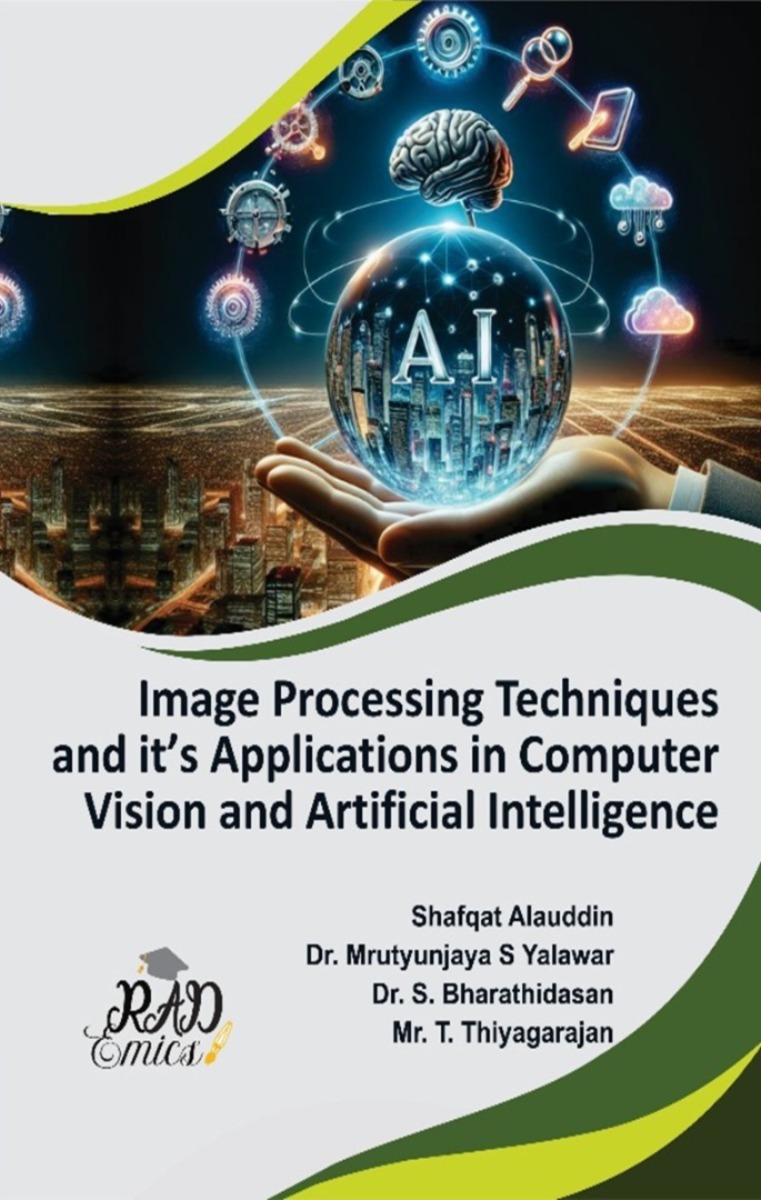
Peer Reviewed Chapter
Chapter Name : Deep Learning Architectures for Image Processing Including Convolutional Neural Networks and Generative Adversarial Networks
Author Name : Sivakumar Madeshwaran, M.Govindarajan
Copyright: © 2024 | Pages: 35
DOI: 10.71443/9788197933660-09
Received: 24/06/2024 Accepted: 14/09/2024 Published: 30/10/2024
Abstract
This book chapter provides a comprehensive exploration of deep learning architectures and their transformative impact on image processing, emphasizing the pivotal roles of Convolutional Neural Networks (CNNs) and Generative Adversarial Networks (GANs). The chapter begins with a historical context, tracing the evolution of image processing techniques from traditional algorithms to cutting-edge deep learning approaches. It delves into fundamental concepts, highlighting advancements in CNNs and emerging trends such as self-supervised learning. Additionally, the chapter examines the practical applications of these models, showcasing case studies that illustrate their effectiveness in image classification, object detection, and data augmentation. Challenges and limitations associated with generative models are also addressed, underscoring the need for ongoing research and development. The synthesis of these topics positions the chapter as a significant contribution to the field, offering insights into the future directions of deep learning in image processing.
Introduction
The advent of deep learning has revolutionized the field of image processing, providing sophisticated tools and techniques for analyzing and interpreting visual data [1]. This chapter aims to dissect the fundamental principles underlying deep learning architectures, focusing on Convolutional Neural Networks (CNNs) and Generative Adversarial Networks (GANs) [2]. By bridging the gap between traditional image processing methods and modern deep learning approaches, significant advancements have been achieved in various applications, including object detection, image segmentation, and style transfer [3,4]. The ability of deep learning models to learn complex features directly from raw pixel data has transformed the way images are processed and understood, thereby establishing a new paradigm in computer vision [5].
The evolution of image processing techniques can be traced back to early algorithms, which relied heavily on handcrafted features and explicit image representations [6,7]. These traditional methods often faced limitations in terms of scalability and adaptability to varying conditions [8]. In contrast, deep learning approaches, particularly CNNs, have emerged as powerful alternatives that automatically extract hierarchical features from images [9]. This capability not only enhances accuracy but also allows for the processing of larger datasets with greater efficiency [10]. As a result, CNNs have become the backbone of many state-of-the-art image processing systems, driving advancements in both research and industry applications [11].